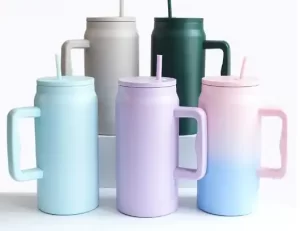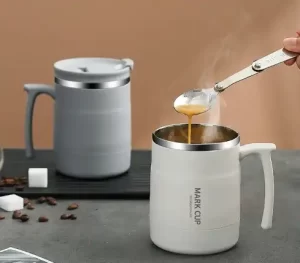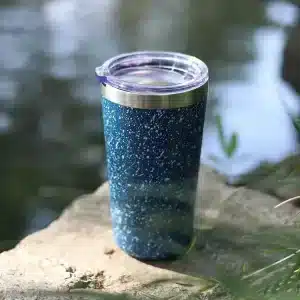There are many types of water bottles, such as glass water bottles , stainless steel water bottle, plastic cups, and relatively rare ceramic cups, etc. So are these water bottles worth investing in?
It is undeniable that as the most common water bottles, the quality of products on the market varies, and the safety is naturally different. Therefore, when we are purchasing, we may step into a trap if we are not careful. As a supplier of water bottles, FuWinn has the responsibility to inform everyone. So the answer is No.
So do you know which three types of water bottles you can’t buy?
Water bottles are directly related to the safety of drinking water. When purchasing water bottles, try not to choose the following three types!
1. Glass water bottles that are not “high borosilicate glass”
Glass water bottles look beautiful, transparent, and make people feel clean, but not all glasses are safe. Ordinary glasses, although they are also resistant to high temperatures, are not resistant to “temperature differences”.
Especially outdoors in winter, the temperature of the glass itself is relatively low. If hot water is poured into it at this time, the instantaneous temperature difference will cause the glass to burst and even injure your fingers or mouth.
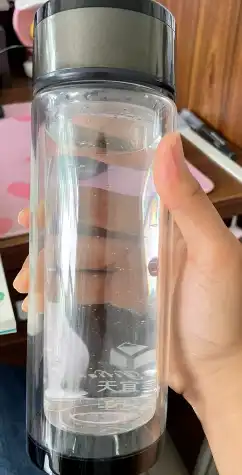
2. Stainless steel water bottle without 304/316steel stamps or labels
Durable and unbreakable are the advantages of stainless steel water bottle, and they have good heat preservation effects. However, you need to know that not all stainless steel thermos cups are safe.
If the stainless steel water bottle on the market is food grade, they will usually have “304/316” numbers printed on the bottom of the stainless steel cup or on the outer packaging, which means that the stainless steel material is 304 model or 316 model. The former is food-grade stainless steel, and the latter is medical-grade stainless steel, so you can rest assured about safety.
If there is no label on the bottom of the cup or the outer packaging, it means that the stainless steel material cannot be identified, so the safety cannot be guaranteed. It is not ruled out that manufacturers use industrial-grade stainless steel containing heavy metals as raw materials to make thermos cups.
Moreover, long-term use of this stainless steel thermos cup will lead to excessive heavy metals and cause harm to the human body, such as affecting the liver, kidneys, nervous system, etc.
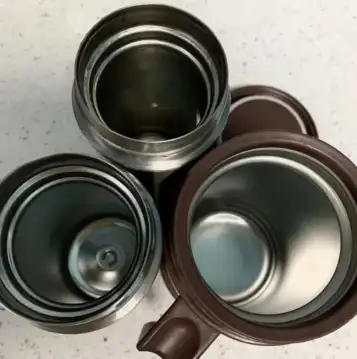
3. The cup body is made of PC plastic cups
Plastic cups are also common in daily life, and they are very popular because they are very thin and come in various styles. But you should also pay attention when choosing this kind of plastic cups! Many people may not know it yet, but in fact, many PC materials contain bisphenol A. As a harmful substance that can interfere with the human body’s endocrine system, affect reproductive health, and even increase the risk of cancer, its dangers are Can not be ignored.
Of course, if it is filled with water normally, there is generally no harm. However, if hot water or acidic drinks are repeatedly filled for a long time, trace amounts of bisphenol A will be dissolved. This is not bluffing, it is all based on evidence.
This is also the fundamental reason why the bottles of drinks we buy are usually marked with the words: Do not reuse.
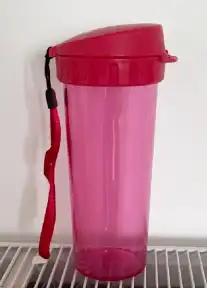
So which mugs can we buy with confidence?
This is a good idea. We will show you below choice for picking mugs.
1. “High borosilicate” glass mug
“High borosilicate” glass mug will not have these problems with ordinary glasses. This is because compared with them, “high borosilicate” glass has the following advantages:
①Low thermal expansion coefficient
The thermal expansion coefficient is about one-third that of an ordinary glass thermos cup, which means it is more heat-resistant, can withstand greater temperature differences, and is not prone to bursting when hot or cold water is poured into it.
②Higher strength
Because of its higher strength, it will have larger cracks when broken and will not shatter like ordinary glass cups, making it safer.
③Chemical properties are more stable
Because the chemical properties are more stable, it will not react with drinks, will not release harmful substances, and is healthier.
Generally speaking, high borosilicate glass mugs will be marked with the word “high borosilicate” on the packaging. If not, then it is most likely made of ordinary glass.
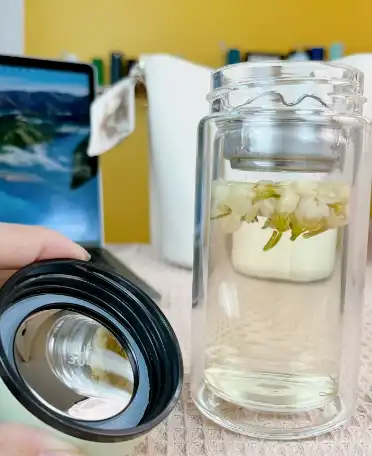
2.304/316 stainless steel thermos cup
When you buy a stainless steel thermos cup, look at the bottom of the cup to see if there is a steel stamp, or check if the outer packaging says 304/316 material. The specific reasons for using 304/316 materials have been shared in our article. You can click to read the details.
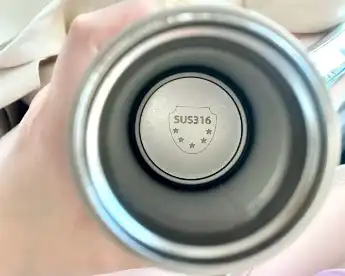
3. PP material, PPSU material, Tritan material, those three material for plastic cups is safe.
The above three plastic materials, those do not contain bisphenol A and naturally do not release toxic substances. Moreover, these plastic materials are also better than PC in other aspects, such as being more resistant to high temperatures, acid and alkali resistance, not easy to deform, not easy to change color, not easy to absorb odors, etc.
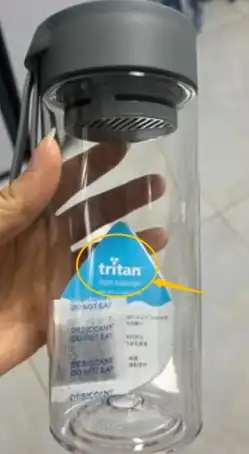
All in all, there are three types of water bottles. It is not recommended to buy them. If you are using them at home, it is best to replace them. They are, “Glass cups that are not high borosilicate glass mug”, “ Stainless steel thermoflask water bottle without 304/316 steel seals or logos”, “Cup material is PC plastic cup”.

